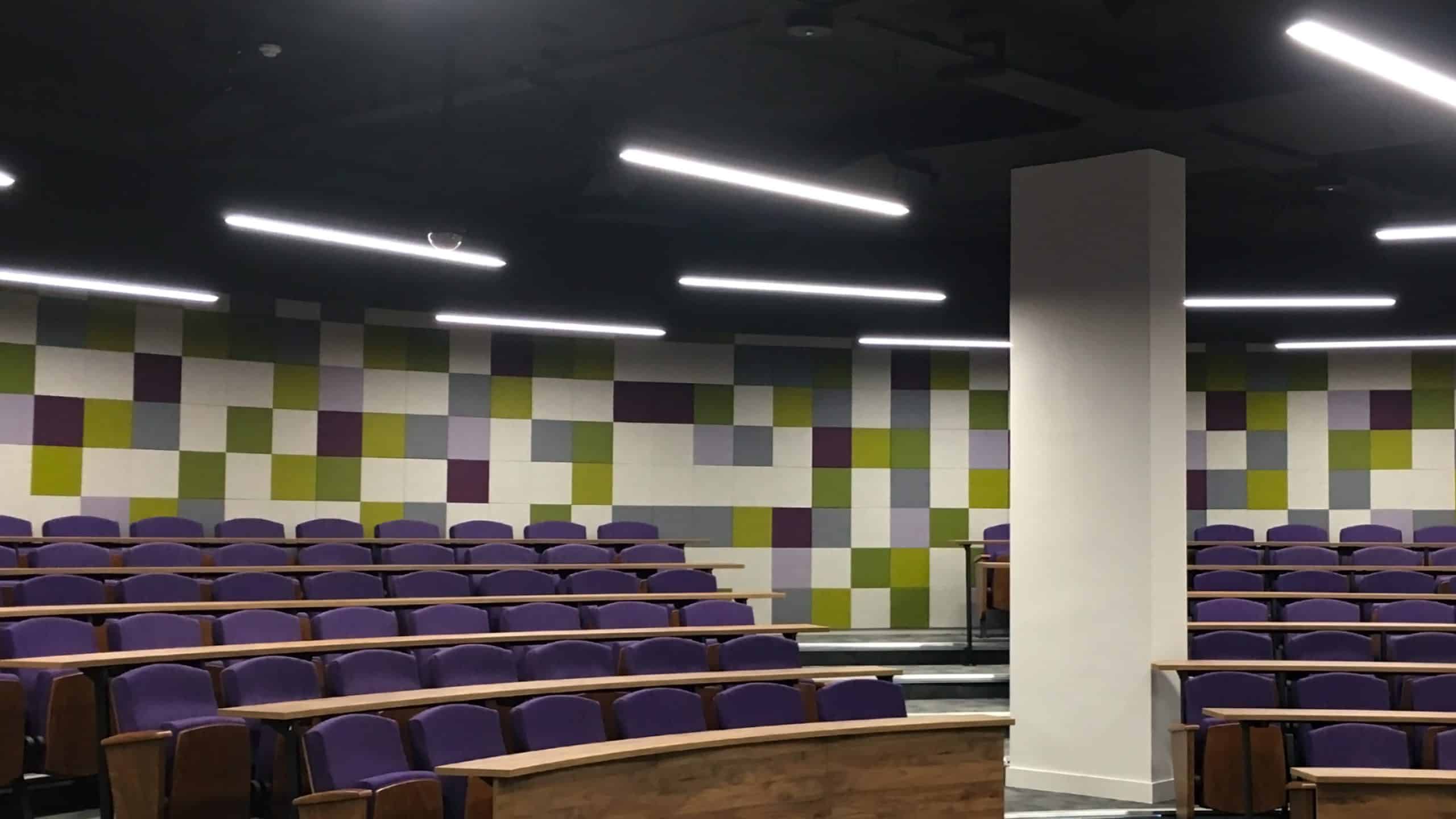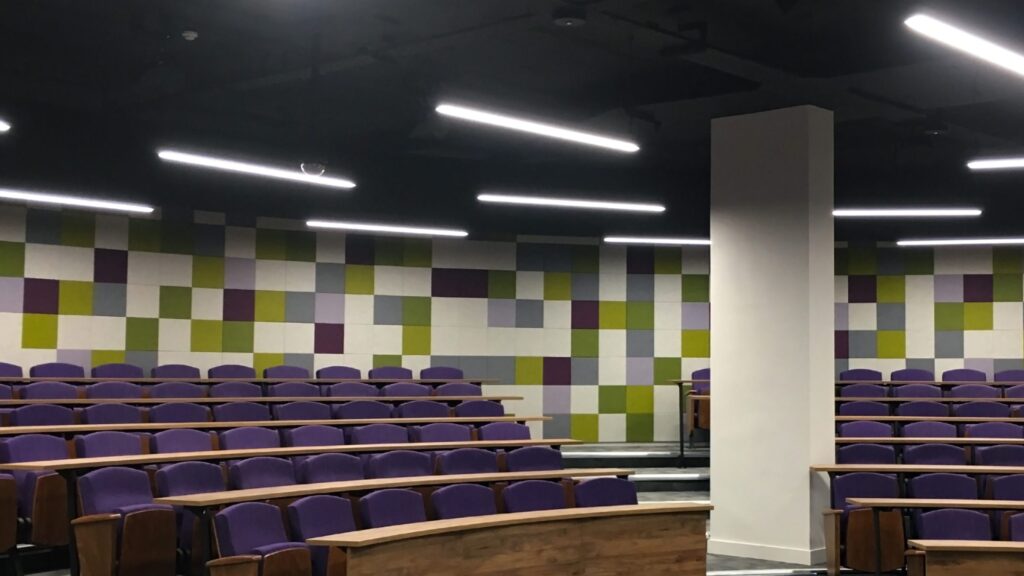Cinema Ventilation: Fresh Air Without the Noise


For many people, going to the cinema is one of life’s greatest pleasures. The big screen, the soaring highs and rumbling lows… It’s an experience that is difficult to fully replicate at home, even in this era of 70 inch 4k TVs and surround sound systems. At the height of the coronavirus pandemic, cinema ticket sales nosedived due to closures, lockdowns and public health guidelines, but cinemas throughout the country are now experiencing a steady recovery. In 2021, UK cinemas saw a 68.3% increase in ticket sales compared to 2020. And it’s easy to see why. In a good cinema, every detail is carefully selected to create the best possible film viewing experience.
A lot of thinking and planning goes into designing a cinema, whether it’s a small, renovated town cinema or a large-scale multiplex. Keeping the audience comfortable and engaged for two or more hours depends on much more than the quality of the screening. It’s just as important to maintain a pleasant environment and minimise distractions in the auditorium. That cold draught might be fine at first, but it will be hard to ignore halfway through the movie. From the shape of the auditorium and seating elevation to the colour and texture of the surfaces, practically all features are designed to mitigate distractions such as noise, odours and glare. Temperature and humidity control are also vital to ensuring a comfortable environment for cinema audiences.
The importance of ventilation in cinemas
Never has the topic of indoor ventilation been as prominent as it is now. Good indoor ventilation is essential for occupant comfort, but it also plays a pivotal role on human health. The stuffy air in a crowded room is essentially air that has been rebreathed over and over by the occupants of the room. This makes it the ideal breeding ground for all sorts of respiratory complaints. Increased awareness of the importance of indoor air quality has brought about a renewed emphasis on ventilation as a way to promote healthier indoor environments. Cinemas are typically designed to have high occupancy rates, so they often require substantial supply air volumes to maintain air freshness.
For most commercial or industrial applications, such as shops or warehouses, keeping air fresh and comfortable might simply be a case of providing circulation in the form of mechanical ventilation. The situation is a little different in cinemas, where distracting the audience must be avoided at all costs. As a result, cinema ventilation has its own set of challenges compared to other standard types of indoor ventilation, especially in terms of noise control.
Noise levels in cinema ventilation
For theatre and cinema ventilation, minimising noise levels is key. Cinemas and movie theatres have specific background noise limits – typically NR25 when measured with the ventilation system and the projector on, and with the sound volume at reference level. A badly designed ventilation system can be a significant contributor to background noise in cinemas, especially with the higher demands introduced by COVID-19 measures.
Ventilation system noise can be mitigated in multiple ways.
- Fan position: the AHU should be installed as far away as possible from the auditorium to prevent mechanical noises from reaching the audience. The air is then supplied into the room through ducted diffusers.
- In-duct velocity: the air flowing through the ducts generate noise. With Prihoda fabric ducts, this self-generated noise is considered and quantified during the duct design process, in order to keep it to a minimum.
- Reverberation: all sounds generated inside the room, e.g., from loudspeakers and audience, will hit other surfaces. While a cinema auditorium is designed for optimal acoustics, it’s not possible to fully eliminate all reverberation. Anything made of more rigid material can potentially reflect the sound back at the audience, who will perceive it as noise. Softer surfaces tend to absorb the sound waves – choosing fabric diffusers is a simple way to reduce sound reflection in the auditorium.
Why use fabric ducts in cinema ventilation?
As well as lower noise reduction, there are many other benefits to using Prihoda fabric ducts and diffusers in cinema applications. We design every fabric duct system from scratch, ensuring that it adapts perfectly to the geometry of the room and the airflow requirements of the application. In cinemas and theatres, fabric ducting can create the ideal air pattern for the seating configuration of the space, even with tiered seating.

Even at high capacity, the room remains fresh and comfortable without any distracting draughts or unwanted noise. Installation time is also drastically lower with fabric ducting compared to other types of diffusers. And, as they are made of textile material, fabric diffusers can be made in any colour, print or pattern, guaranteeing an aesthetic finish that will look great in any setting.
Contact us to find out more.
Looking for more information?
Our experts are on hand to answer any questions. Why not give us a call or drop us a message, We’ll work with you to find the right solution.
Contact us

